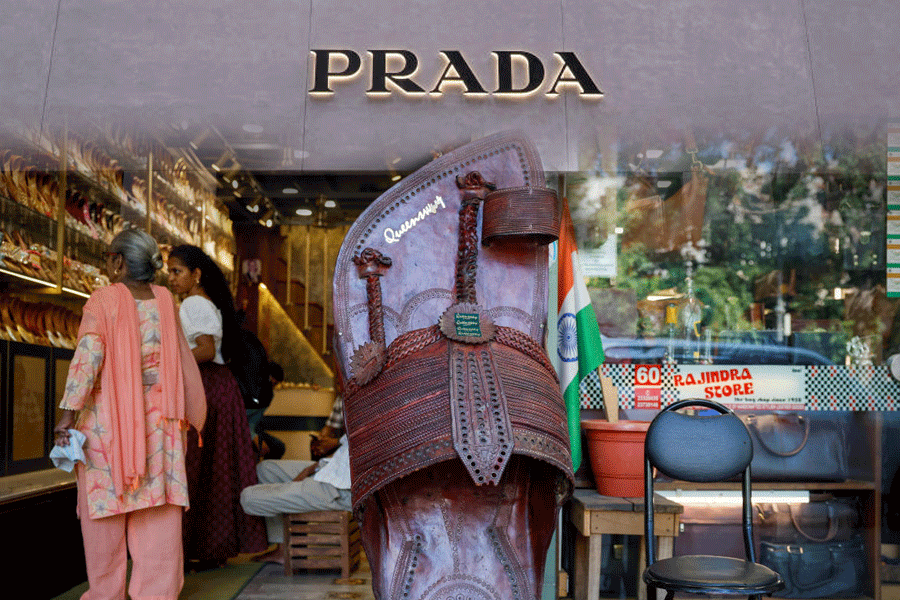Bentota (Sri Lanka), Jan. 7 (Reuters): Sri Lankan conservationist Kithsiri Kannangara wipes a tear as he stands over a patch of sand and broken wire mesh, the only surviving incubation pit of his hatchery for endangered sea turtles.
Twelve days after giant tsunami waves destroyed the hatchery, washing away 20,000 eggs, seven rare green turtles and $500,000 worth of research equipment, Kannangara is still trying to come to terms with the loss.
The 40-year-old turtle researcher combed a nearby thicket in search of a large leatherback turtle, one of his most prized possessions. His whole life revolved around sea turtles and hatchlings.
His hard work was washed away by the devastating tsunami on December 26, which battered Sri Lanka?s southern, eastern and northern shores, killing more than 30,000 people.
?I tried hard to save the eggs, but it was impossible, they were to hatch that day,? said Kannangara, holding a couple of spoiled eggs in his hand, each the size of a ping-pong ball.
Kannangara has spent a lifetime protecting these gentle creatures from villagers and poachers. ?Only one out of 1,000 hatchlings survive anyway and for 20,000 eggs to be completely destroyed is an absolute crime,? he added.
Over the past 25 years, Kannangara has raised one million turtles in his hatchery, built on the edge of a picturesque stretch of beach in this formerly idyllic resort town in southern Sri Lanka.
Foreign and local visitors to the area rarely leave Bentota without visiting Kannangara?s hatchery.
Sea turtles are a protected species in Sri Lanka and the Indian Ocean island?s palm fringed southern and eastern beaches are safe nesting grounds for five of the eight known varieties of the ancient reptile, including the great leatherback.
But a large number of turtles that come ashore during nesting season are snared by local fisherman each year, who eat them and sell the shells, many of whom say they are unaware that killing a turtle is an offence punishable by a 10-year jail term.










